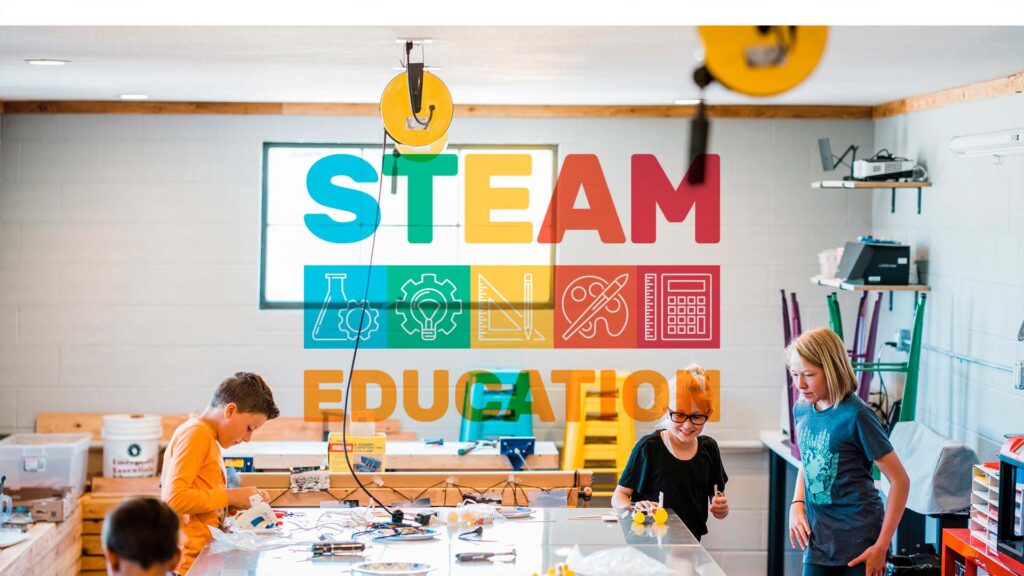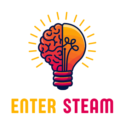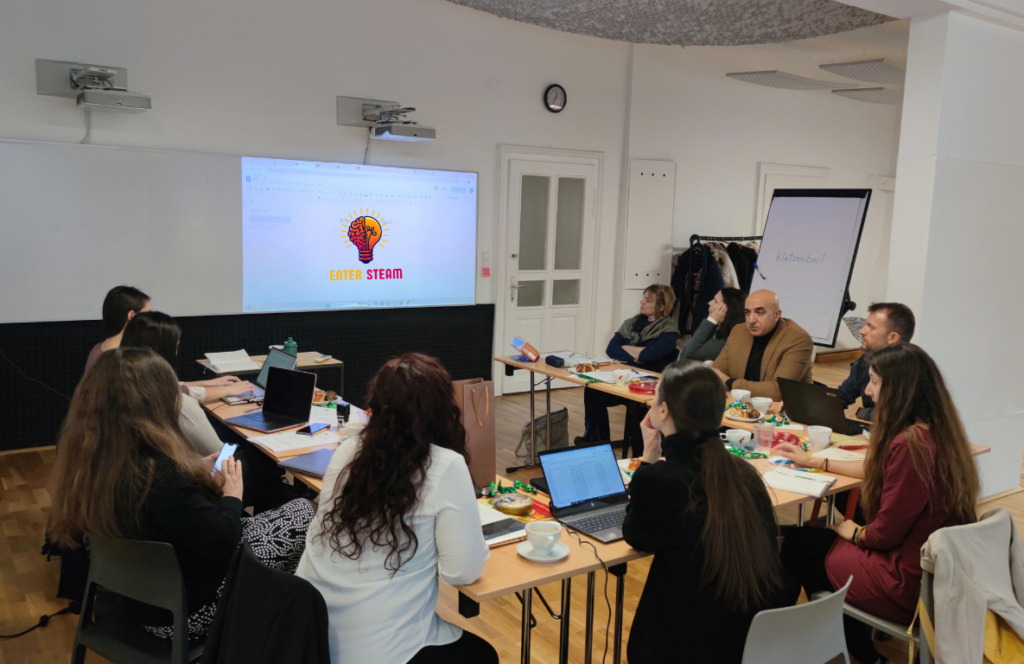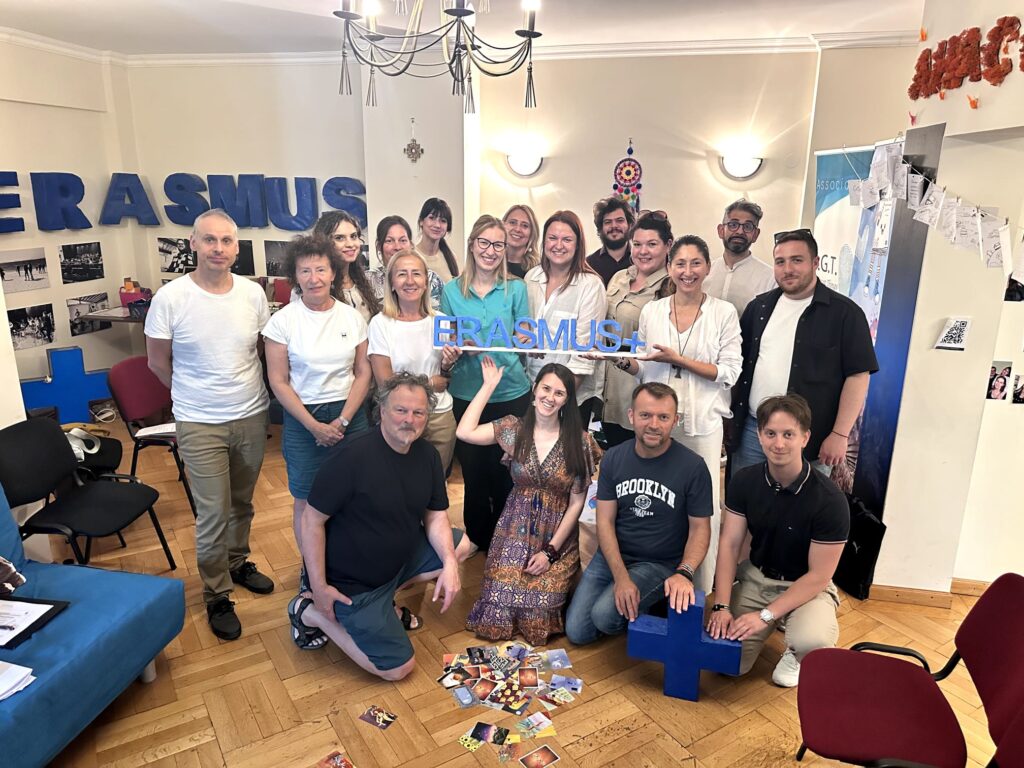STEAM For Inclusion

Photo credit: https://eltnews.gr/
STEAM for Inclusion: Social aspects of Learning Disabilities & Language Barriers
STEAM is a hands-on learning method that allows learners of all ages to acquire regularities as well as analytic and critical thinking skills through practice.
In this chapter you will discover how the STEAM method can be beneficial for inclusion, in particular, learners with language barriers and learning difficulties.
STEAM as a Multi-Sensory Approach to Language Learning:
Traditional language learning often relies heavily on auditory and visual input. STEAM activities provide tactile, kinesthetic, and even olfactory experiences, creating deeper connections and improving memory retention. It strongly improves learning experience for those with dyslexia, ADHD, or other learning differences who may struggle with traditional methods.
Sensory Integration & Language: Throughout the centuries and generations hands-on learning has proved itself as efficient and beneficial in a sense that it provides a multidisciplinary approach in education through practical experience, thus improving learning outcomes.
Science & Language:
Exploring scientific concepts through hands-on experiments provides a context to scientific processes, tools, and observationsfor language learning. This is particularly beneficial for visual learners and those who learn from practical activities.
Technology & Language:
Technology enhanced language learning (TELL) and Assistive Technology for Language Learning Disabilities (AT for LLD) do have different specifics and targets, however the overall goal is the same – to build engaging, motivational and inclusive learning experiences for all students to support their individual needs.
TELL targets all language learners aiming to enhance their learning engagement and efficiency. A wide variety of technological advancements (AR, VR, etc.) can be used-any technology used in language learning will suffice, thus improving the learning experience for all students.
Meanwhile AT for LLD targets mainly individuals with diagnosed language learning disabilities to accommodate and compensate for learning deficits. Tools to overcome specific learning barriers: Audiobooks, captioning/subtitles, speech-to-text or text-to-speech software.
Engineering & Language:
Engineering projects encourage problem-solving and collaboration, providing opportunities for students to communicate in the target language. It goes beyond the acquired vocabulary and provides opportunities to use it in real life settings to solve real-life problems. Designing and building structures or machines while using the target language to discuss the process, materials, and challenges can enhance vocabulary and fluency.
Art & Language:
Art provides a creative outlet for language expression. Drawing, painting, sculpting, and other art forms can be used to represent concepts, tell stories, and express emotions, all while using the target language. It particularly benefits learners who are more visual or kinesthetic or introverted or less language skills.
Math & Language:
Math offers a structured context for language learning. Students can learn vocabulary related to numbers, shapes, measurements, and mathematical operations. Connecting math concepts to real-world situations can make learning more relevant and engaging.
Addressing Learning Barriers:
STEAM’s multi-sensory nature and focus on hands-on activities benefit particularly students with learning disabilities. The use of visual aids, manipulatives, and technology promote accessible and engaging learning methods.
Although this differs quite strongly from traditional learning methods, the techniques recommended to students with learning neurodiversity can be beneficial for everyone in the classroom and build the overall experience more engaging and effective in the long term. Even if it seems not too time-efficient at first sight, such activities could be used in the long term to support diversity as the hands- on experiments and practical activities will differ with each student and group, therefore the long-term effect will be beneficial and more motivating also for educators.
EnterSTEAM and learn practical activities!


